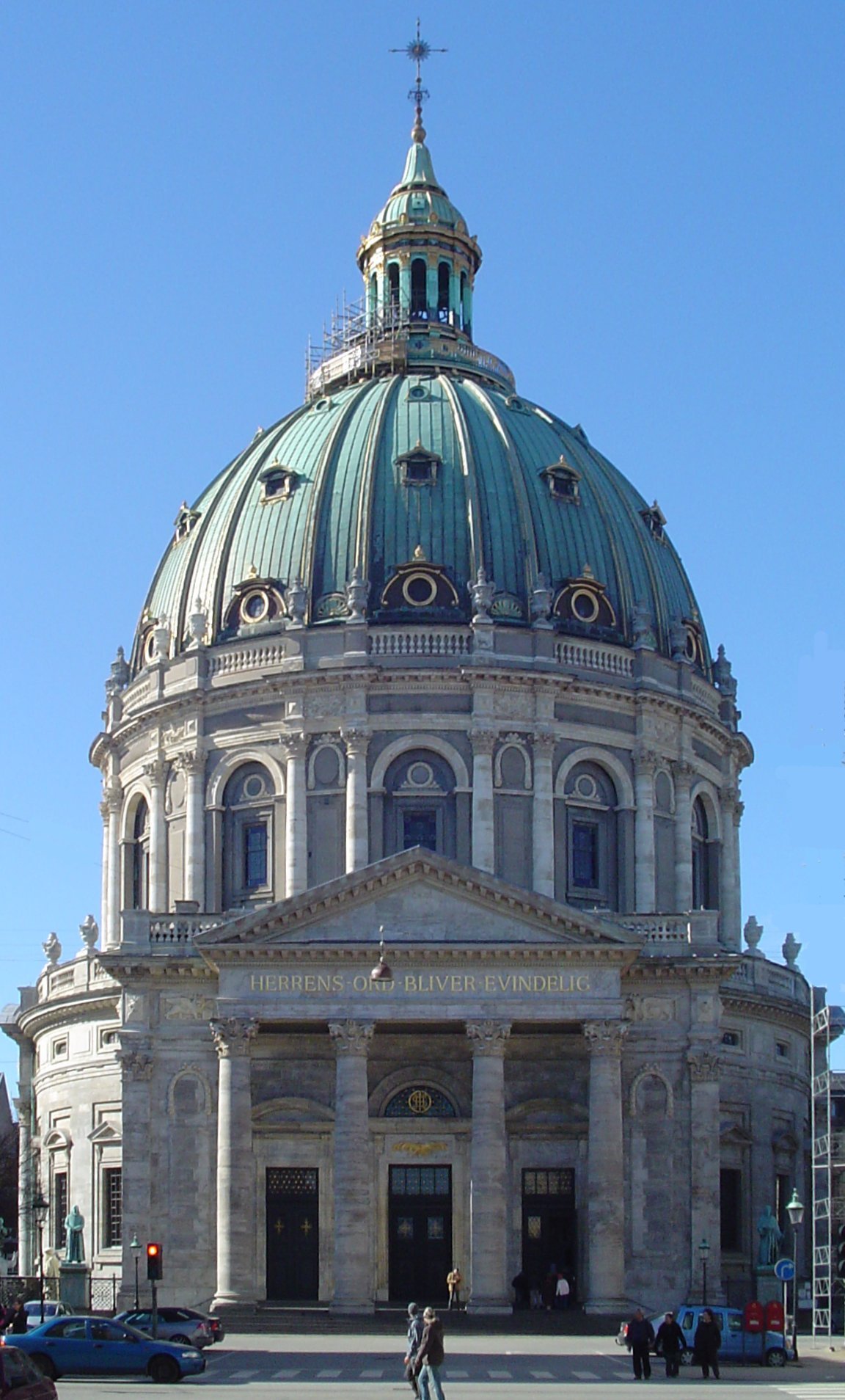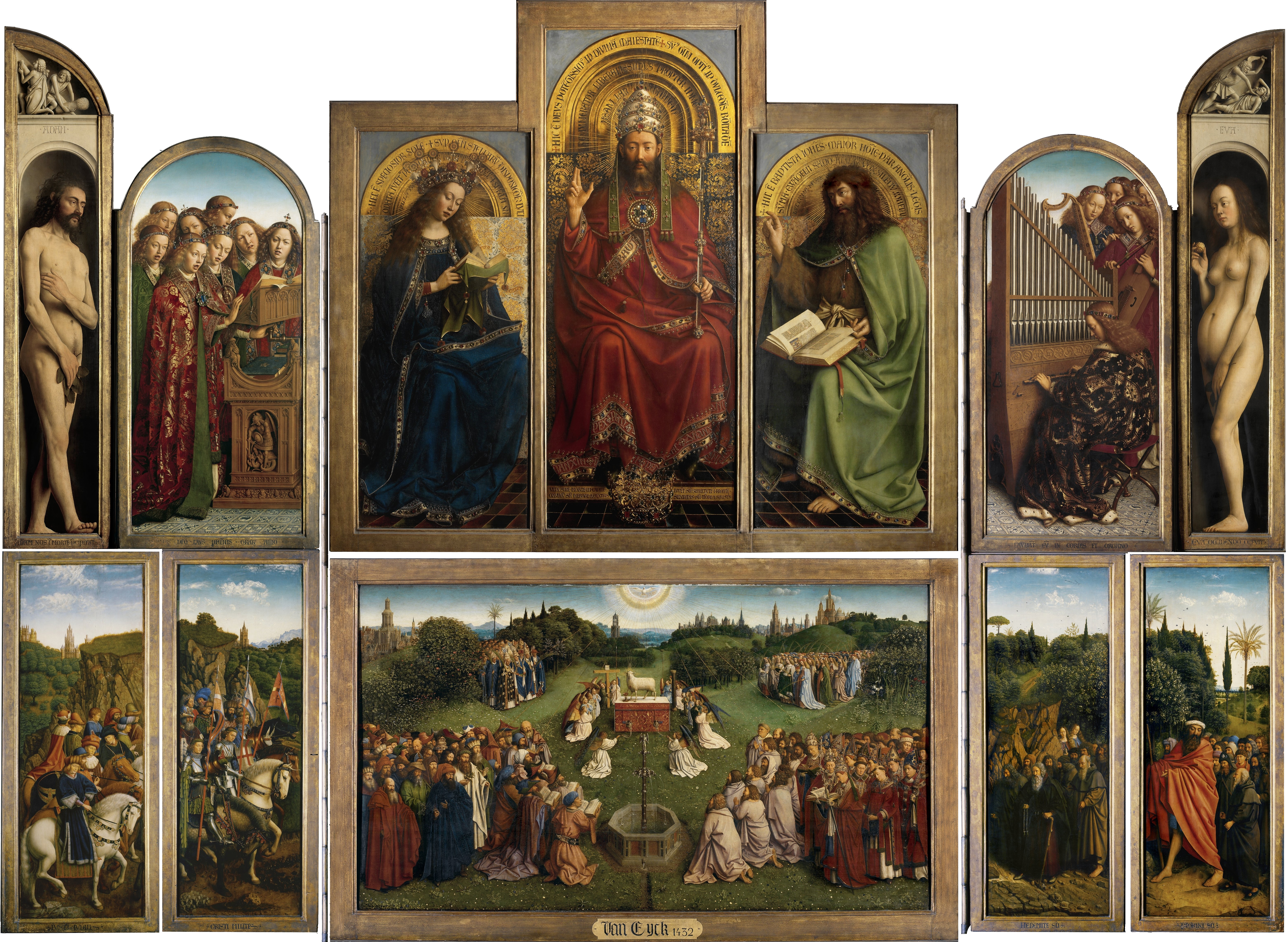|
Torkilstrup Church
Torkilstrup Church ( da, Torkilstrup Kirke) is located in the village of Torkilstrup some 7 km (4 mi) southeast of Nørre Alslev, on the Danish island of Falster. It is built of hewn fieldstone rather than brick, indicating it is one of the oldest churches on the island from before 1160.Kirsten Weber-Andersen, Otto Norn, Aage Roussell, Gertrud Købke Knudsen, "Tingsted Kirke" ''Danmarks kirker: Maribo amt, Volume 8'', 1951, Nationalmuseet, pages 1130–1147. Retrieved 27 November 2012. Architecture The west part of the and the |
Church Of Denmark
The Evangelical-Lutheran Church in Denmark or National Church, sometimes called the Church of Denmark ( da, Folkekirken, literally: "The People's Church" or unofficially da, Den danske folkekirke, literally: "The Danish People's Church"; kl, Ilagiit, literally: "The Congregation"), is the established, state-supported church in Denmark. The supreme secular authority of the church is composed of the reigning monarch and Denmark's Parliament, the Folketing. , 73.2% of the population of Denmark are members,Church membership 1990-2021 Kirkeministeriet though membership is voluntary.Freedom of re ... [...More Info...] [...Related Items...] OR: [Wikipedia] [Google] [Baidu] |
Nave
The nave () is the central part of a church, stretching from the (normally western) main entrance or rear wall, to the transepts, or in a church without transepts, to the chancel. When a church contains side aisles, as in a basilica-type building, the strict definition of the term "nave" is restricted to the central aisle. In a broader, more colloquial sense, the nave includes all areas available for the lay worshippers, including the side-aisles and transepts.Cram, Ralph Adams Nave The Catholic Encyclopedia. Vol. 10. New York: Robert Appleton Company, 1911. Accessed 13 July 2018 Either way, the nave is distinct from the area reserved for the choir and clergy. Description The nave extends from the entry—which may have a separate vestibule (the narthex)—to the chancel and may be flanked by lower side-aisles separated from the nave by an arcade. If the aisles are high and of a width comparable to the central nave, the structure is sometimes said to have three nave ... [...More Info...] [...Related Items...] OR: [Wikipedia] [Google] [Baidu] |
Churches In Falster
Church may refer to: Religion * Church (building), a building for Christian religious activities * Church (congregation), a local congregation of a Christian denomination * Church service, a formalized period of Christian communal worship * Christian denomination, a Christian organization with distinct doctrine and practice * Christian Church, either the collective body of all Christian believers, or early Christianity Places United Kingdom * Church (Liverpool ward), a Liverpool City Council ward * Church (Reading ward), a Reading Borough Council ward * Church (Sefton ward), a Metropolitan Borough of Sefton ward * Church, Lancashire, England United States * Church, Iowa, an unincorporated community * Church Lake, a lake in Minnesota Arts, entertainment, and media * ''Church magazine'', a pastoral theology magazine published by the National Pastoral Life Center Fictional entities * Church (''Red vs. Blue''), a fictional character in the video web series ''Red vs. Blue'' * ... [...More Info...] [...Related Items...] OR: [Wikipedia] [Google] [Baidu] |
The Little Children
Jesus' teachings referring to little children (, ''paidíon'') and infants/babies appear in several places in the New Testament and in the non-canonical Gospel of Thomas. New Testament The King James Version of Matthew's gospel (chapter 18) relates that: The word translated as ''converted'' in the King James Version ( gr, στραφητε, ''straphēte'') literally means 'turn'. It is translated as "turn" in the English and American Standard Versions and as "change" in the New International Version. Elsewhere in the New Testament, the change of heart demanded by John the Baptist and by Jesus often uses the word ''metanoia'' ( gr, μετάνοια). German theologian Heinrich Meyer suggests that Jesus' challenge to his disciples is to "turn round upon heroad, and to acquire a moral disposition similar to the nature of little children". The Kingdom of Heaven is compared to little children at several other places in the New Testament: * * Gospel of Thomas Another saying refer ... [...More Info...] [...Related Items...] OR: [Wikipedia] [Google] [Baidu] |
Lucie Marie Ingemann
Lucia Maria Ingemann (née Mandix; 19 February 1792 – 15 January 1868) was a Danish painter who is best known for her large altarpieces depicting biblical figures, many of which are displayed in Denmark's churches. Early life The daughter of Margaretha Elisabeth Hvistendahl (1756–1816) and economist Jacob Mandix (1758–1831), Lucie Marie Mandix was born on 19 February 1792 in Copenhagen. She was taught painting by the Danish flower painter Cladius Detlev Fritzsch. There also are records of her painting in Christoffer Wilhelm Eckersberg's studio. When she was 20, she was engaged to the writer Bernhard Severin Ingemann, whom she married in July 1822. They lived in Sorø, where they entertained other Danish cultural figures such as Hans Christian Andersen and Bertel Thorvaldsen. Bernhard Ingemann, who wrote poetry, supported Lucie's interest in painting. Career Although Ingemann painted a few portraits and genre works, she concentrated mainly on flower paintings and, from the mi ... [...More Info...] [...Related Items...] OR: [Wikipedia] [Google] [Baidu] |
Pulpit
A pulpit is a raised stand for preachers in a Christian church. The origin of the word is the Latin ''pulpitum'' (platform or staging). The traditional pulpit is raised well above the surrounding floor for audibility and visibility, accessed by steps, with sides coming to about waist height. From the late medieval period onwards, pulpits have often had a canopy known as the sounding board, ''tester'' or ''abat-voix'' above and sometimes also behind the speaker, normally in wood. Though sometimes highly decorated, this is not purely decorative, but can have a useful acoustic effect in projecting the preacher's voice to the congregation below. Most pulpits have one or more book-stands for the preacher to rest his or her bible, notes or texts upon. The pulpit is generally reserved for clergy. This is mandated in the regulations of the Catholic Church, and several others (though not always strictly observed). Even in Welsh Nonconformism, this was felt appropriate, and in som ... [...More Info...] [...Related Items...] OR: [Wikipedia] [Google] [Baidu] |
Jørgen Ringnis
Jørgen Ringnis, also known as "Jørgen Billedsnider", (birth unknown, died 1652 in Nakskov) was a Danish woodcarver Wood carving is a form of woodworking by means of a cutting tool (knife) in one hand or a chisel by two hands or with one hand on a chisel and one hand on a mallet, resulting in a wooden figure or figurine, or in the sculptural ornamentation .... He created a number of altarpieces and pulpits in Danish churches, especially on the islands of Lolland and Falster.Eva de la Fuente Pedersen, "Jørgen Ringnis" ''Kunstindeks Danmark & Weilbachs Kunstnerleksikon''. Retrieved 28 November 2012. Background From the 1550s to the 1650s, master craftsmen from northern Germany as well as the then Danish provinces of Schleswig and Holstein we ...[...More Info...] [...Related Items...] OR: [Wikipedia] [Google] [Baidu] |
Altarpiece
An altarpiece is an artwork such as a painting, sculpture or relief representing a religious subject made for placing at the back of or behind the altar of a Christian church. Though most commonly used for a single work of art such as a painting or sculpture, or a set of them, the word can also be used of the whole ensemble behind an altar, otherwise known as a reredos, including what is often an elaborate frame for the central image or images. Altarpieces were one of the most important products of Christian art especially from the late Middle Ages to the era of the Counter-Reformation. Many altarpieces have been removed from their church settings, and often from their elaborate sculpted frameworks, and are displayed as more simply framed paintings in museums and elsewhere. History Origins and early development Altarpieces seem to have begun to be used during the 11th century, with the possible exception of a few earlier examples. The reasons and forces that led to the develo ... [...More Info...] [...Related Items...] OR: [Wikipedia] [Google] [Baidu] |
Chancel
In church architecture, the chancel is the space around the altar, including the choir and the sanctuary (sometimes called the presbytery), at the liturgical east end of a traditional Christian church building. It may terminate in an apse. Overview The chancel is generally the area used by the clergy and choir during worship, while the congregation is in the nave. Direct access may be provided by a priest's door, usually on the south side of the church. This is one definition, sometimes called the "strict" one; in practice in churches where the eastern end contains other elements such as an ambulatory and side chapels, these are also often counted as part of the chancel, especially when discussing architecture. In smaller churches, where the altar is backed by the outside east wall and there is no distinct choir, the chancel and sanctuary may be the same area. In churches with a retroquire area behind the altar, this may only be included in the broader definition of chance ... [...More Info...] [...Related Items...] OR: [Wikipedia] [Google] [Baidu] |
Torkilstrup
Torkilstrup, also Torkildstrup, is a little village some southeast of Nørre Alslev on the Danish island of Falster. It is best known for Torkilstrup Church, one of the island's oldest churches, built before 1160.Kirsten Weber-Andersen, Otto Norn, Aage Roussell, Gertrud Købke Knudsen, "Tingsted Kirke" ''Danmarks kirker: Maribo amt, Volume 8'', 1951, Nationalmuseet, pages 1130–1147. Retrieved 27 November 2012. The adjacent Torkilstrup Rectory and Torkilstrup Windmill are both on the [...More Info...] [...Related Items...] OR: [Wikipedia] [Google] [Baidu] |
Fieldstone
Fieldstone is a naturally occurring type of stone, which lies at or near the surface of the Earth. Fieldstone is a nuisance for farmers seeking to expand their land under cultivation, but at some point it began to be used as a construction material. Strictly speaking, it is stone collected from the surface of fields where it occurs naturally. Collections of fieldstones which have been removed from arable land or pasture to allow for more effective agriculture are called clearance cairns. In practice, fieldstone is any architectural stone used in its natural shape and can be applied to stones recovered from the topsoil or subsoil. Although fieldstone is generally used to describe such material when used for exterior walls, it has come to include its use in other ways including garden features and interiors. It is sometimes cut or split for use in architecture. Glacial deposition Fieldstone is common in soils throughout temperate latitudes due to glacial deposition. The type of ... [...More Info...] [...Related Items...] OR: [Wikipedia] [Google] [Baidu] |
Nørre Alslev
Nørre Alslev () is a town with a population of 2,379 (1 January 2022) The Mobile Statbank from on the northern end of the island of in south . It belongs to in |






